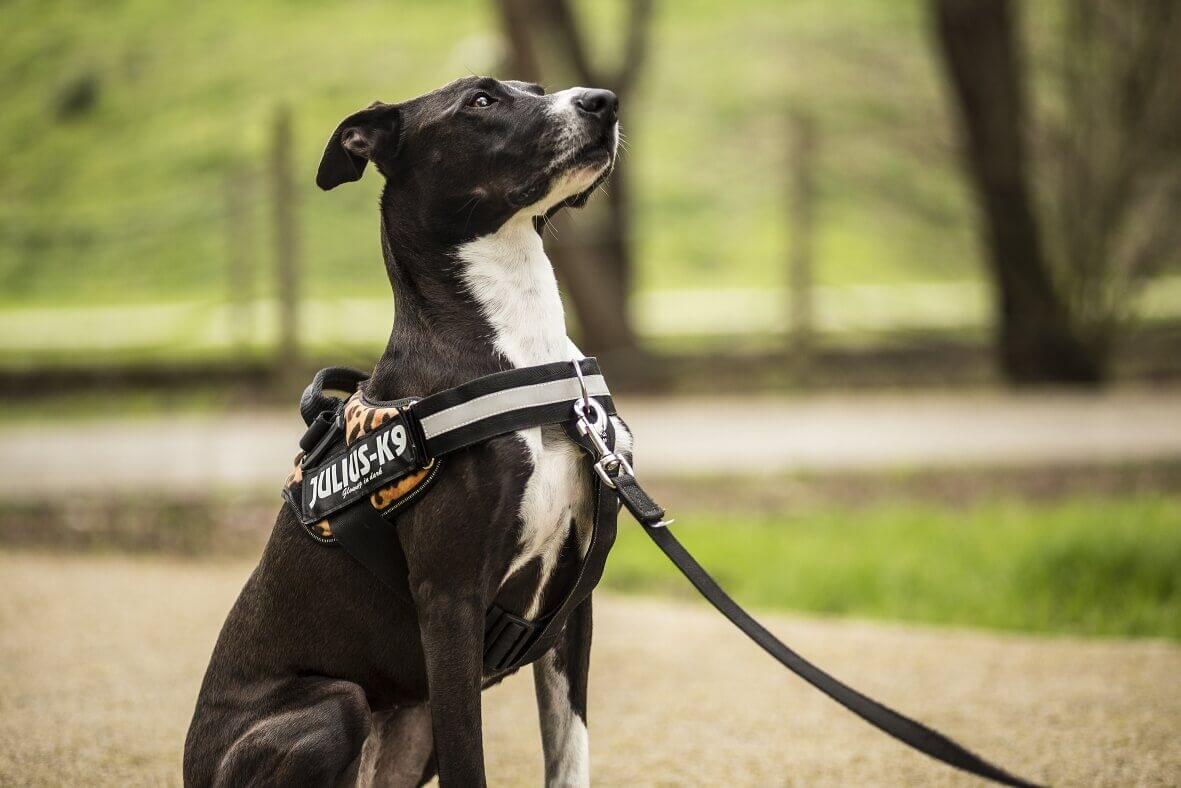
How to Choose a Collar for a Rescue Dog with Care?
Share
Welcoming a rescue dog into your home is a rewarding experience, but one of the first and most significant responsibilities is choosing the right collar for your new companion. This choice is not merely about aesthetics; it can greatly influence your dog's overall health, comfort, and safety. With numerous options available, it's essential to make a well-informed decision that suits your pet's specific needs and aligns with your ethos as a caring pet owner.

Exploring Different Types of Collars
Before delving into the specifics of selecting a collar, it's essential to familiarize yourself with the various types available on the market. Each type serves a unique purpose and has its own set of advantages.
Flat Collars
Flat collars are the most prevalent type used for daily wear. Typically constructed from materials like nylon or leather, these collars come in an array of colors and styles. They are best suited for dogs who do not tend to pull on their leash. Most flat collars sport a buckle or quick-release snap, making them simple to put on and remove.
Martingale Collars
Initially designed for breeds with narrower heads such as Greyhounds, martingale collars offer more control while avoiding the choking potential associated with slip collars. They tighten slightly when under tension to prevent dogs from escaping their collars, all while ensuring their comfort.
Harnesses
While not technically a collar, harnesses serve as an excellent alternative for dogs with respiratory issues or those who tend to pull. They distribute pressure across the body evenly, lowering the risk of injury.
Things to Keep in Mind When Choosing a Collar
Selecting the right collar for your rescue dog involves considering several important factors. These elements will help guarantee your dogs comfort and safety while also meeting their unique requirements.
Size and Fit
A properly fitting collar is essential for your dog's safety and comfort. Measure around your dog's neck and add two inches for the correct size. The collar should be snug without being too tight; you should be able to fit two fingers between the collar and your dog's neck.
Material
The collar's material plays a significant role in your dog's comfort. Nylon offers a lightweight and durable option, whereas leather provides a classic aesthetic that may become more comfortable over time. If your dog has sensitive skin, opt for hypoallergenic materials.
Durability
Rescue dogs may exhibit higher levels of activity and anxiety, resulting in more wear and tear on their collars. It's wise to select a collar that can endure rough handling and is easy to clean. For helpful insights on avoiding collar-related mistakes, refer to this external link.
Health and Safety Considerations
As a health-minded pet owner, keeping your dog's well-being at the forefront is crucial when choosing a collar. Here are several key health and safety factors to contemplate:
Allergies and Skin Sensitivity
Some dogs may suffer from allergies or skin sensitivities that could be exacerbated by certain collar materials. In such cases, seek collars made from natural fibers or those explicitly labeled as hypoallergenic.
Identification Tags
Ensure that your collar has a reliable spot for attaching identification tags. Should your dog go missing, a collar equipped with clear identification can significantly enhance the likelihood of a safe return.
Reflective Features
If your dog enjoys evening walks or early morning outings, consider a collar featuring reflective strips or stitching. This design increases visibility and safety in low-light conditions.
Personalizing Your Dog's Collar
After selecting the type and material of the collar, think about customizing it to showcase your dog's personality and your own style. Many suppliers provide custom engraving for ID tags, and you can choose colors and designs that resonate with you. For more inspiration on collar design, check out the evolution of dog collars.
Conclusion
Choosing the right collar for your rescue dog is a thoughtful endeavor that necessitates consideration of your pet's individual needs. By understanding the diverse types of collars and evaluating factors like size, material, and safety features, you can make an informed decision that prioritizes your dog's well-being and comfort. Remember, the right collar is not merely an accessory; it is an essential tool for ensuring your rescue dog's happiness and safety in their new home.

Frequently Asked Questions
How do I measure my dog for a collar?
To measure your dog for a collar, use a flexible tape measure around the base of their neck and add two inches for a comfortable fit.
Can a collar cause health issues for my dog?
Yes, a collar that is too tight can lead to breathing difficulties or skin irritations. Always select a well-fitting collar made from suitable materials for your dog's skin type.
Is a harness better than a collar for a rescue dog?
That depends on the dogs behavior and health. Harnesses can benefit dogs with respiratory problems or those prone to pulling. However, collars that fit correctly and have the right features can also prove effective.
This article contains affiliate links. We may earn a commission at no extra cost to you.
